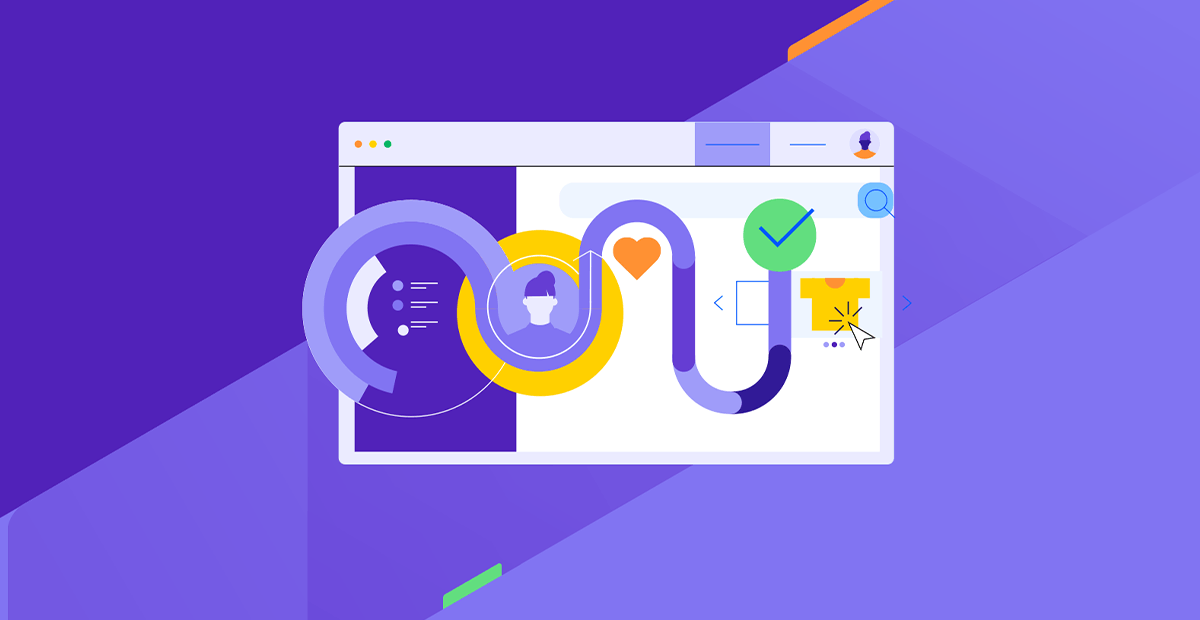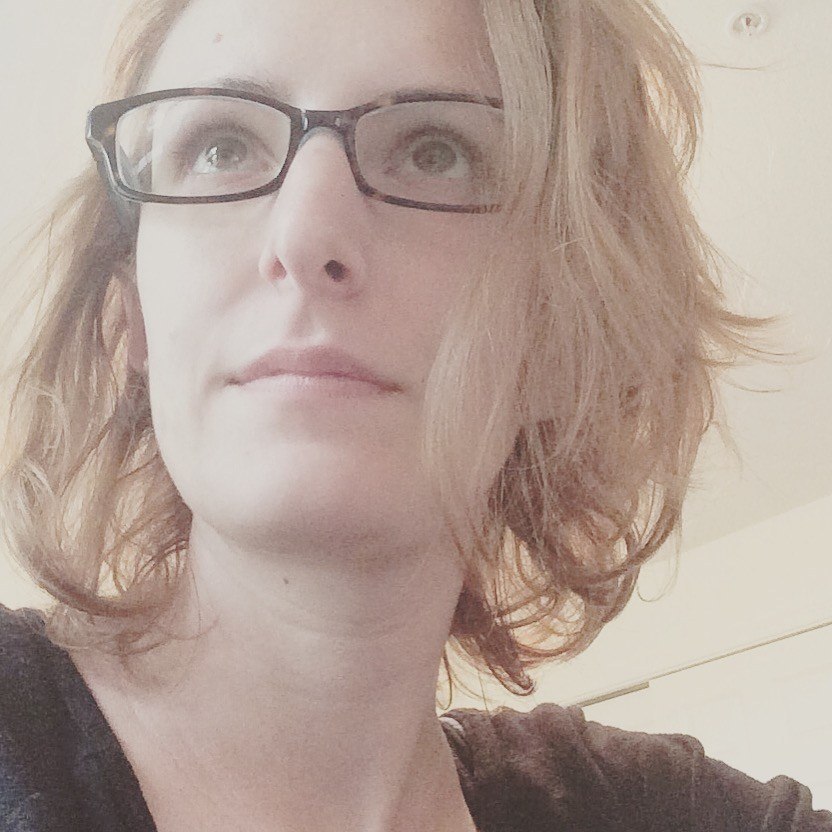Recommended Reading for Web Designers in 2024

Distractions, rocks, laziness? While these 12 books might not be explicitly about web design, they could help you unlock a more creative, productive and fulfilling life.
As digital professionals, we’re reading stuff online all the time—articles, tutorials, instruction manuals, research reports, white papers and so on. While that kind of reading is directly beneficial to the work we do, there are benefits to reading actual books as well.
According to research aggregated by Healthline, book reading reduces stress, makes you more empathetic and strengthens the mind. These are all things we need to be better at what we do.
Now, we all have different tastes when it comes to literature. So I’m going to stay away from recommendations in the fictional sphere. However, if you’re looking for some interesting non-fiction reads that are directly and indirectly related to design, check out the following books.
1. The Design Of Everyday Things
I wouldn’t typically recommend books written in the ’80s. After all, what could a book written before the rise of the internet, smartphones and modern web design have to share with those of us designing websites and apps today?
However, The Design of Everyday Things by Don Norman (of the Nielsen Norman Group) is a must-read for modern web designers. The book examines what good, usable design actually means and gives examples of how and why some products end up frustrating users to no end.
2. Don’t Make Me Think, Revisited: A Common Sense Approach to Web Usability
Don’t Make Me Think is one of the first books I read when I started out in the web design field in 2013. Originally published in 2000, this book continues to be essential reading for anyone working in web or UX design.
It’s not only an informative read, but it’s quirky and funny, too. The book is chock full of screenshots and illustrations that help demonstrate the author’s points. While some of them may appear outdated (since this was last updated in 2013), you’ll get the point. And that is this: If your users don’t instantly know what they’re looking at or what each element on the screen does, then there’s something wrong.
3. First Things First
Although First Things First was written in 1996, I didn’t learn about it until around 2017. Despite nearly two decades passing since its publication, I still found the lessons within it useful.
Author Stephen Covey explains the “Big Rocks” method of organizing your task list (professional and personal). And how putting smaller tasks aside, no matter how fast and easy they are to do, will actually make you more efficient and effective in the long run.
I touched on the “Big Rocks” method in this post on productivity and profitability. If you’re unfamiliar with it or want to get better at implementing it in your own life, then pick up this book.
4. How to Think Like Leonardo da Vinci: Seven Steps to Genius Every Day
We can learn a lot from the genius that was Leondardo da Vinci. In How to Think Like Leonardo da Vinci, author Michael J. Gelb uses the artist’s body of art, inventions and notebooks to lay out seven strategies to help you get more from your life and work.
The book comes with step-by-step guides as well as exercises you can use to acquire important skills like creative thinking, problem-solving and goal-setting.
This book isn’t just about being more proficient at work either. You’ll learn how to live a more fulfilling life the way that da Vinci did.
5. How We Got to Now: Six Innovations That Made the Modern World
Do you enjoy acquiring random knowledge about the world we live in? Then you’ll probably love How We Got to Now. I think this book will also have some value to you as a web designer.
In it, the author discusses six innovations—glass, cold, sound, clean, time and light. You’ll learn about their long-ago origins, how they evolved over time and how they impact the world we now live in.
In the end, you’ll discover how a little bit of creativity, problem-solving and perseverance was able to transform simple discoveries (like sand becoming glass) into products with huge implications for humanity. There’s some really beautiful and interesting photography and illustrations to look at along the way, too.
6. Indistractible
One of the problems that I think we all experience these days is that we’re so easily distracted. While technology has done so much to advance our society, it often gets in the way of our ability to stay focused and on task.
Indistractible tackles this issue head-on. But it might not be exactly what you’re expecting.
Author Nir Eyal doesn’t sit there and point the finger at you for picking up your phone dozens of times during the workday. Instead, the book explains why we’re driven to distraction and provides practical advice on keeping our work and life distraction-free. (Surprisingly, abstaining from distractions is not the answer.)
7. Keep Going: 10 Ways to Stay Creative in Good Times and Bad
If you’ve never read any of Austin Kleon’s books, you’re in for a treat. His earlier handwritten and illustrated works dealt with the creative process. Keep Going is a guide for improving productivity while being creative.
This book is chock full of useful tips on how to get more out of your day. Not only that, when you’re feeling unmotivated or down, this book will give you practical tips for shaking off the bad vibes. Like going outdoors to enjoy nature. Or disconnecting from the world (and the internet) so you can connect more effectively with yourself and the things you want to get done.
8. Linchpin: Are You Indispensable?
This is a question we’d all love to be able to answer “Yes” to. But whether it be AI, younger designers entering the workforce or cheap DIY design alternatives, it’s not uncommon to feel your livelihood threatened.
If you’ve ever felt that way—or perhaps you’re dealing with a nasty bout of impostor syndrome—Linchpin is a book you need to read.
It’s when we set down the same path as everyone else, make the same decisions and refuse to challenge the status quo that we put our livelihoods and job satisfaction at risk. Seth Godin, in his straightforward way, challenges us to carve out our own professional path and create our own value.
9. On Writing: A Memoir of the Craft
I realize this is an odd addition to a reading list for designers. However, Stephen King’s On Writing is a useful resource for creatives of all types.
One thing I really loved about this book is the autobiographical aspects of it. You learn about King’s rough upbringing, his battles with addiction and how he turned tragedies into art. If you’ve ever felt like you have to come from a certain background with a specific level of education in order to “make it,” then read this.
He does offer some helpful writing tips that I think can be of some use to designers as well. One of my favorite tips is to cut out a third from everything you write or create.
10. Start Ugly: The Unexpected Path to Everyday Creativity
One of my favorite analogies from Start Ugly is when the author describes how ugly and messy he looked when he first started doing yoga. If you’ve ever participated in a sport you’ve never played before or joined a fitness class for the first time, you know that exact feeling.
You might have felt this way when first starting as a designer (or if you’re just now starting). Or if you’ve ever tried a new creative pursuit, like photography or graphic design.
Reading this book will feel like a breath of fresh air. You’ll learn to embrace the ugliness and awkwardness of starting something new. And to stop comparing yourself to established creators or trying to find the perfect inspiration to get you moving.
11. The Subtle Art of Not Giving a F*ck: A Counterintuitive Approach to Living a Good Life
I read The Subtle Art of Not Giving a F*ck a few years before I began freelancing and it changed the course of my life. At the time, I was jumping from job to job in corporate America, not understanding why I was so miserable. But then I read this book.
Whether you feel frustrated at work or in your life and can’t quite put your finger on what’s bothering you, I’d recommend giving this book a shot. It’s not so much about adopting a careless approach to life as it is about being more mindful about what (and who) you devote your energy to.
Happiness doesn’t come from saying “yes” all the time or from constantly trying to avoid failure. It comes from doing things that you enjoy and find worthwhile.
12. Tragic Design: The Impact of Bad Product Design and How to Fix It
If you’ve ever worked for a client or employer who wanted you to rush through the design process, disregarding the need for user testing and quality assurance, give this a read. Or, better yet, gift them a copy of Tragic Design.
There’s a story in here about a cancer patient who died of dehydration and toxicity. And it was all because of an unusable software interface. The nurses were so consumed with trying to figure out how to use it that they missed critical care instructions.
That’s an extreme example, but it’s still an important lesson to learn. Even if you’re not designing digital products for highly regulated spaces like healthcare or finance, the design choices you make have consequences.
Wrap-up
There are a ton of benefits to reading. And if you can find a good book that keeps you hooked, you’ll get more out of the experience as well.
While I could’ve recommended typical books for web designers about HTML, design principles and the like, I wanted to demonstrate that reading for professional improvement could be useful, too. There are lots of authors who’ve created interesting and (sometimes) aesthetically pleasing books for digital professionals.
This list is just the start of what you’ll find out there. But these are good ones to add to your reading list in 2024 before exploring what more is available.

Suzanne Scacca
A former project manager and web design agency manager, Suzanne Scacca now writes about the changing landscape of design, development and software.
Next:
Comments
Topics
- Application Development
- Mobility
- Digital Experience
- Company and Community
- Data Platform
- Security and Compliance
- Infrastructure Management
Sitefinity Training and Certification Now Available.
Let our experts teach you how to use Sitefinity's best-in-class features to deliver compelling digital experiences.
Learn MoreMore From Progress
Latest Stories
in Your Inbox
Subscribe to get all the news, info and tutorials you need to build better business apps and sites
Progress collects the Personal Information set out in our Privacy Policy and the Supplemental Privacy notice for residents of California and other US States and uses it for the purposes stated in that policy.
You can also ask us not to share your Personal Information to third parties here: Do Not Sell or Share My Info
We see that you have already chosen to receive marketing materials from us. If you wish to change this at any time you may do so by clicking here.
Thank you for your continued interest in Progress. Based on either your previous activity on our websites or our ongoing relationship, we will keep you updated on our products, solutions, services, company news and events. If you decide that you want to be removed from our mailing lists at any time, you can change your contact preferences by clicking here.

